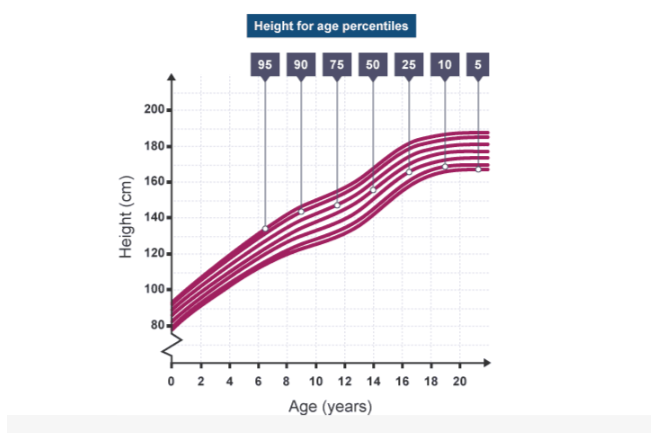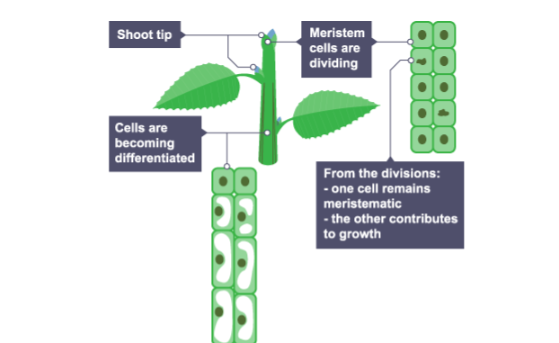Biology Cells And Controls
1/6
Earn XP
Name | Mastery | Learn | Test | Matching | Spaced |
|---|
No study sessions yet.
7 Terms
The cell cycle
The cell undergoes a type of cell division called mitosis. In mitosis, two cells called daughter cells are produced, each identical to the parent cell.
When looking at cells with a microscope, the length of different stages of the cell cycle can be estimated using the formula:

Mitosis
The first stages of the cell cycle involve cell growth, then synthesis of DNA. The single strand of DNA that makes up each chromosome produces an exact copy of itself. After this a period of further growth occurs and the DNA is checked for errors. Mitosis occurs after this checking has been completed. Finally the cytoplasm of the cell separates and two cells are formed.
Cells divide when:
an organism grows
an organism becomes damaged and needs to produce new cells for repair
organisms like bacteria reproduce asexually
Cancer
Cells grow then divide by mitosis only when we need new ones. This is when we're growing or need to replace old or damaged cells.
When a cell becomes cancerous, it begins to grow and divide uncontrollably. New cells are produced even if the body does not need them. A group of cancerous cells produces a growth called a tumour.

Growth in animals
Mass (kg)
Length (cm)
Head circumference (cm)
If a baby is born on the 50th percentile for height, then in every hundred babies, 50 will be taller and 50 will be shorter. If a baby is born on the 10th percentile for mass, then in every hundred babies, 90 will be heavier and 10 will be lighter.
Health visitors often visit parents with new babies to take these growth measurements. Health visitors and parents tend to worry more when babies change their position on these charts over time. They would probably be more concerned about a baby that drops from the 50th to the 10th percentile than one that remains on the 10th percentile. This change could be an indication of a health problem.

Growth in plants
In order to survive, plants require light and water for photosynthesis. They have developed responses called tropisms to help ensure they grow towards adequate sources of light and water.
There are two main types of tropisms:
positive tropisms – the plant grows towards the stimulus
negative tropisms – the plant grows away from the stimulus
Phototropism is a response to the stimulus of light.
Stem cells, their uses in the body, and in medicine, ethics of stem cells.
Cell division in plants occurs in regions called meristems. Cells of the meristem can differentiate to produce all types of plant cells at any time during the life of the plant. The main meristems are close to the tip of the shoot, and the tip of the root.

What causes cancer?
There are genetic factors that increase the likelihood of developing some cancers. Chemicals and other agents that can cause cancer are called carcinogens.
Carcinogens cause cancer by damaging DNA. Carcinogens cause mutations to occur. A single mutation will not cause cancer. Several are required for this to occur. For this reason, we are more likely to develop cancer as we get older.
Something that increases the likelihood of developing a disease is called a risk factor. There are several risk factors for various types of cancers including: